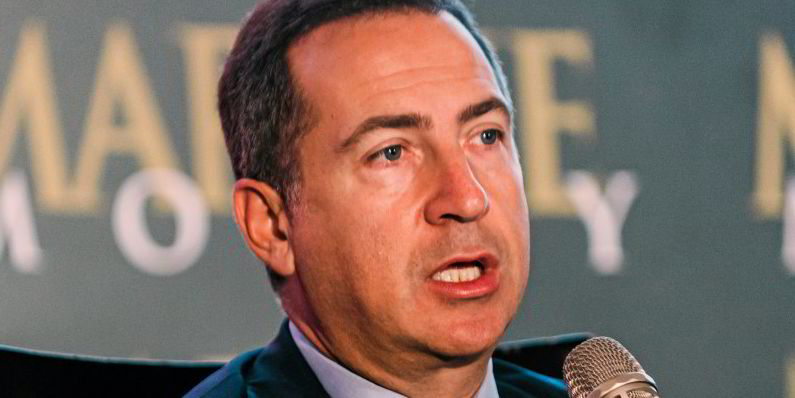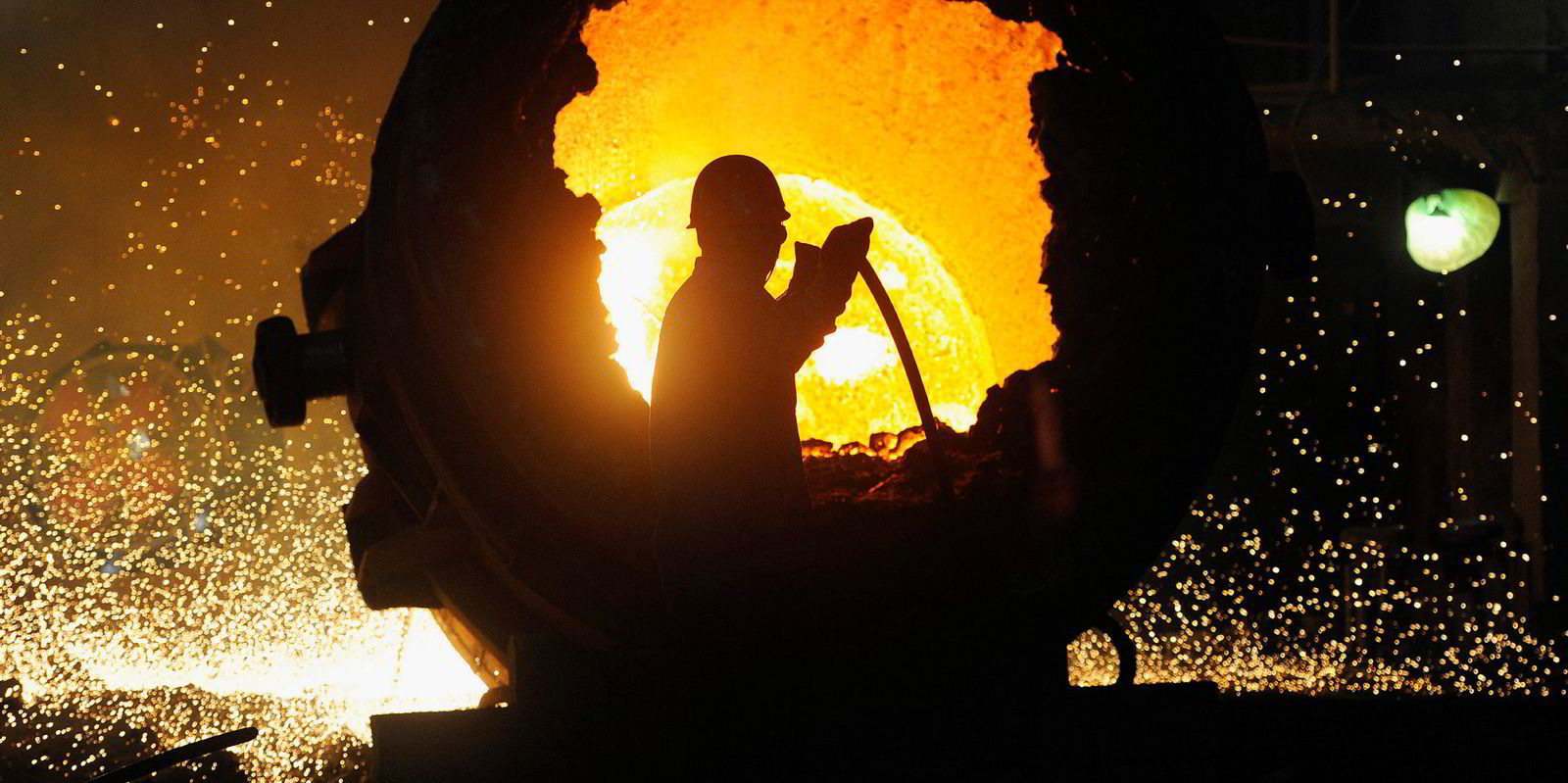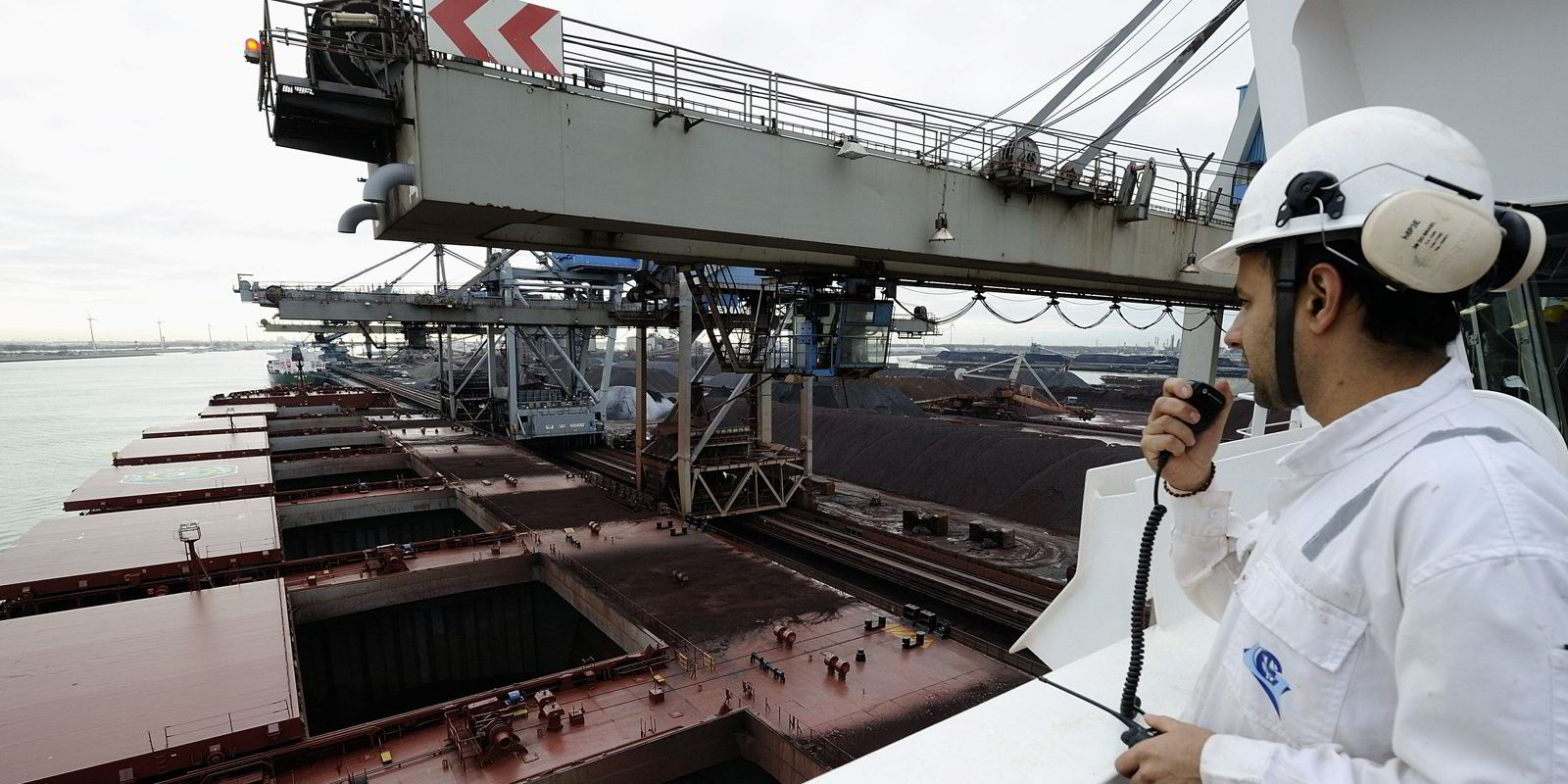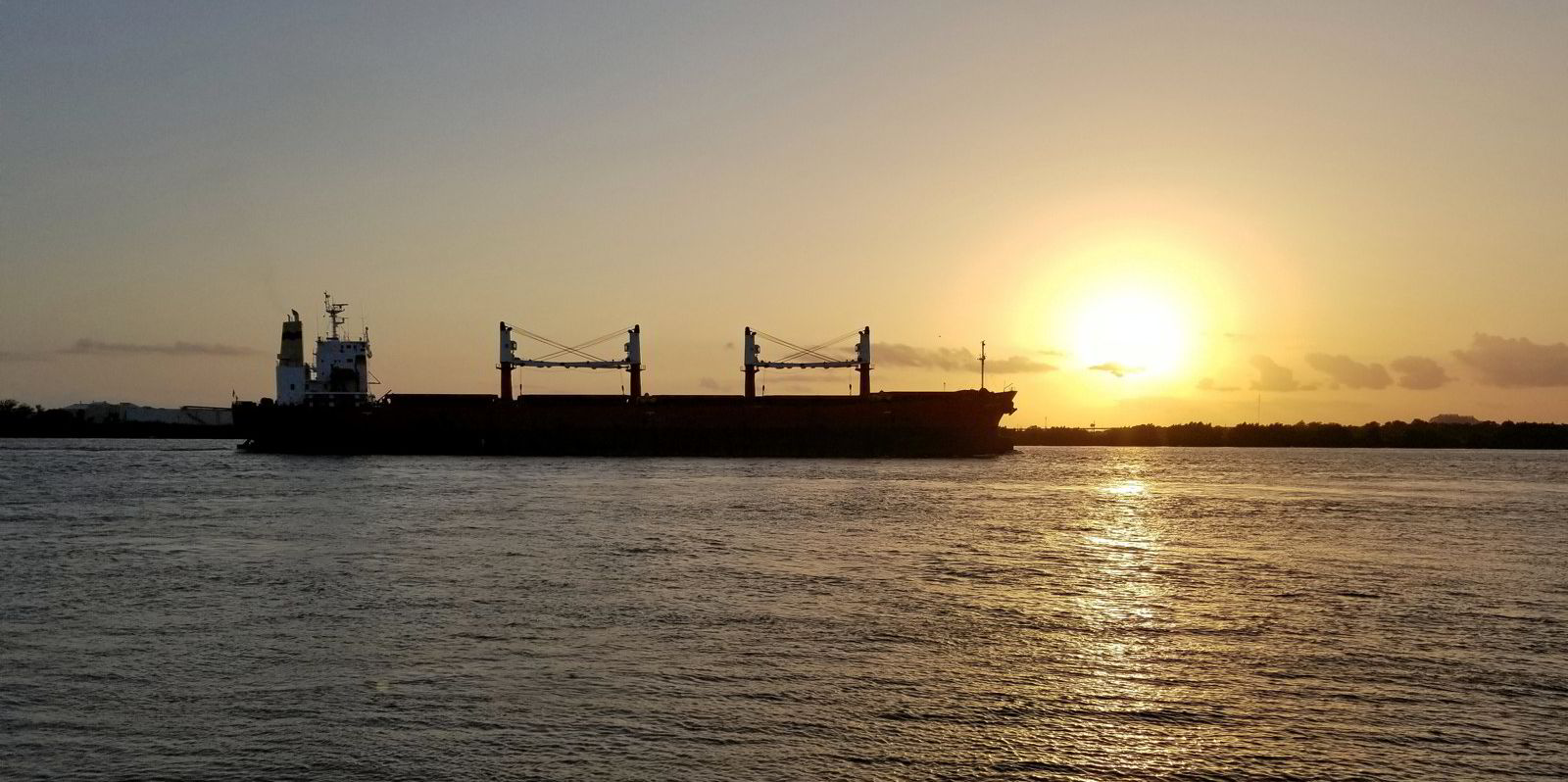China may soon put the brakes on crude steel manufacturing in a bid to meet its long-term green goals, but the dry bulk capesize sector is none too worried.
The country's Ministry of Industry and Information Technology (MIIT) has announced intentions to make less of the commodity this year in an effort to slash its emissions by 2030 and become carbon-neutral by 2060.
"Focusing on the carbon peak and carbon neutral target nodes, we will implement industrial low-carbon actions and green manufacturing projects to resolutely reduce crude steel output to ensure a year-on-year decline in crude steel output," the agency said.
MIIT is expected to announce how it will replace the lower output but has not yet given any specifics.
However, those that follow the capesize sector see these plans as all talk designed to drive down steel prices.
"My view is that this is mainly the result of efforts to calm down the rally in iron ore which is causing a lot of pain to the steel mills," Breakwave Advisors founder John Kartsonas told TradeWinds.
"There is not a lot to do to control the price of iron ore other than talking down the demand side, which is basically steel production."
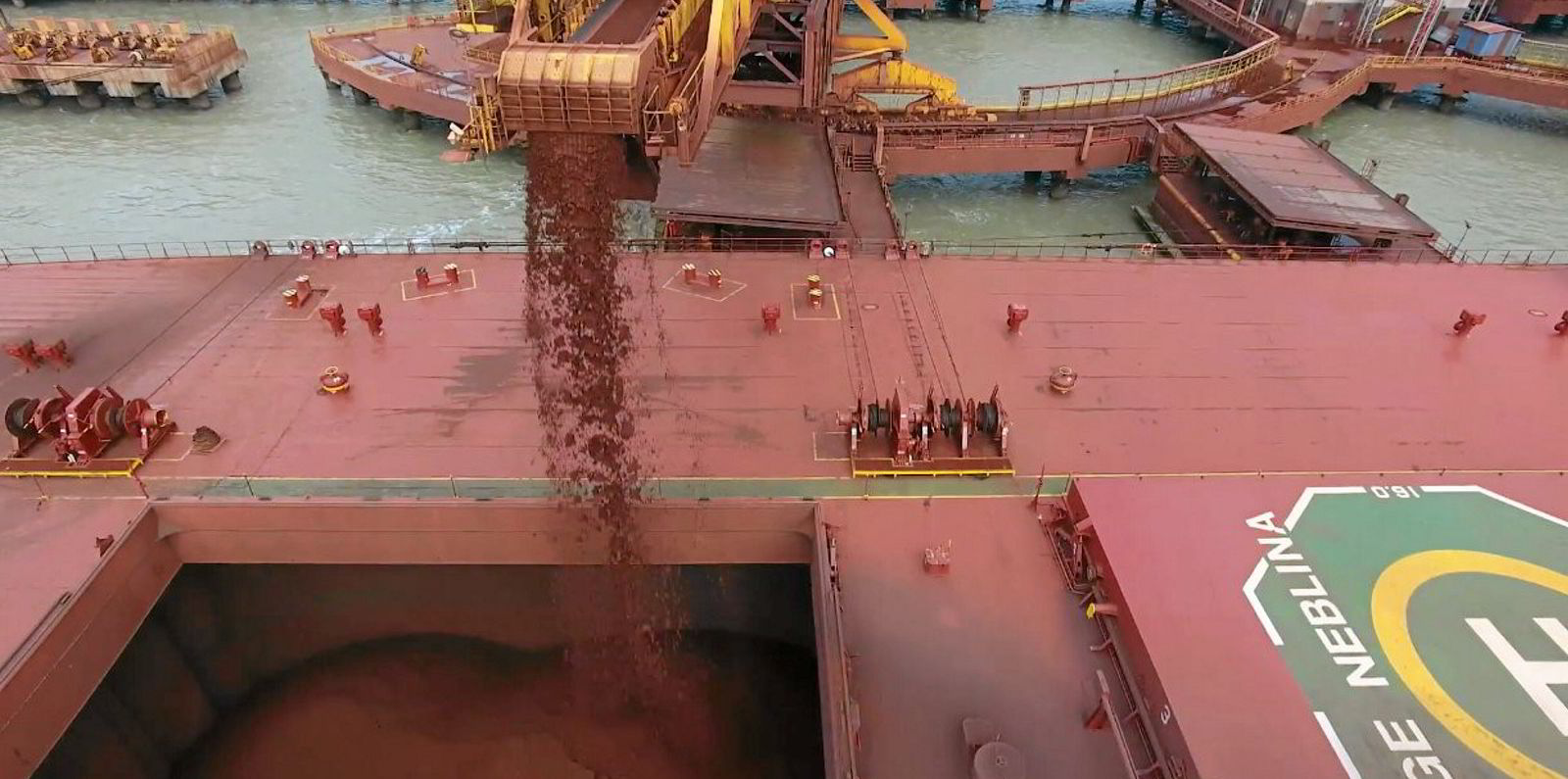
Demand calls the shots
He said China may very well maintain, if not increase, its current steel output if the demand for construction and other market forces call for it.
"I am not sure how a plan like that will be implemented if demand for construction is there," he said.
"My feeling is that those statements are aimed at the miners in order to bring iron ore prices back to earth rather than any meaningful medium-term guidance of one to two years."
China exported 4.4m tonnes of steel in November, down 3.8% from a year ago but up 9% from October, according to MIIT.
Year-on-year, output through November declined by 18.1% to 48.3m tonnes from the same period in 2019.
"It is expected that steel exports will continue to increase in December, but this year's exports will be much lower than the level of 2019," the ministry said.
To feed its hunger for steel amid a rebounding economy, China imported 1.07bn tonnes of the commodity, which represents a year-on-year increase of 10.9% that matched total imports for all of 2019.
But the country, whose iron ore imports are a major driver of the capesize bulker trade, brought in 98.2m tonnes of iron ore during November, which was an 8% drop compared with October.
Other countries need steel, too
Global demand for iron ore and steel should remain high regardless of China's plans because many countries want to upgrade ageing infrastructure, Stamatis Tsantanis, chief executive of pureplay capesize owner Seanergy Maritime Holdings, said.
"The current record levels of iron ore are a testament to the strong demand especially by China," he told TradeWinds.
The emerging country's steel production was expected to plateau in 2020 and fall during the 2020s, but Covid-19-related economic stimulus spending has led to record steel production, Cleaves Securities analyst Joakim Hannisadahl said.
"We believe stimuli will be continued into 2021, and thus expect yet another strong year for Chinese steel production, with modest gains year-over-year," he told TradeWinds.
"This is further supported by high Chinese steel prices and manageable steel inventory levels on-par with previous years."
He said China's iron-ore and steel imports will probably grow as it looks overseas for higher quality supplies of these commodities in its effort to lower carbon emissions.
"In that regard, the statement from China's Ministry of Industry and Information Technology can be viewed as highly positive, as an important method to reduce the carbon output is to use higher quality foreign coal and iron ore," he said.
China may recycle more of its own steel for feedstock, but capesize owners need little demand growth to prosper because the fleet orderbook is at 6.1%, the lowest level since 1996.
"We forecast net fleet supply growth of close to zero in both 2022 and 2023, against which our conservative demand growth forecast of 2% to 3% is enough to push earnings and asset prices higher," he said.
